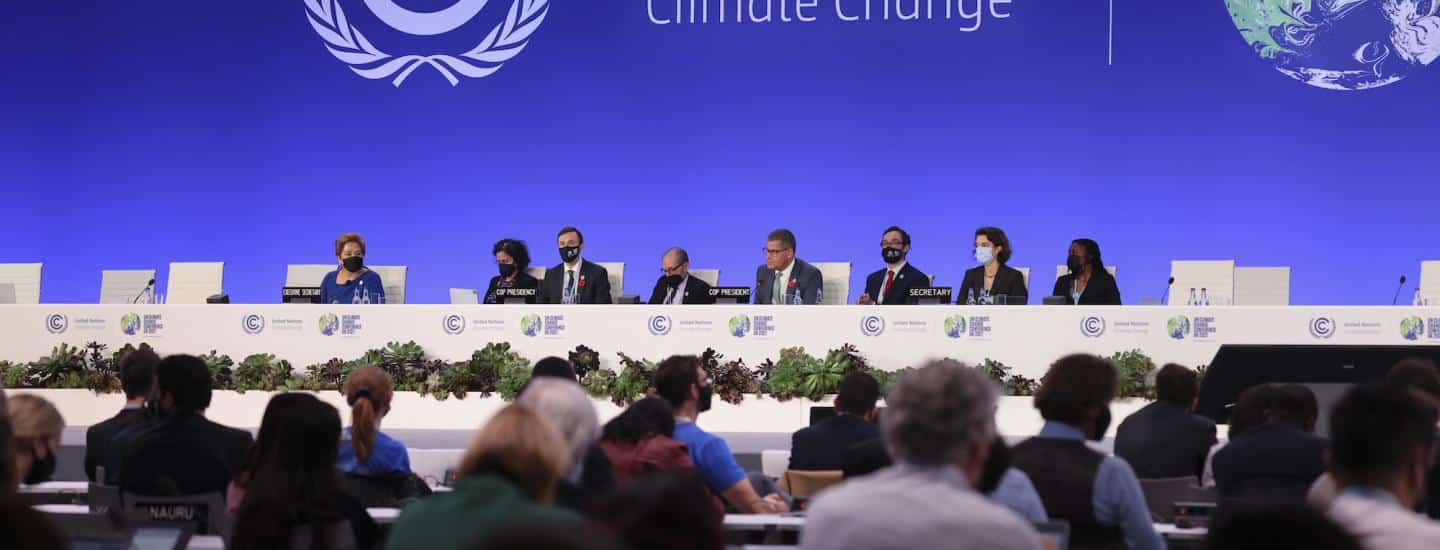The long-awaited COP26 climate summit in Glasgow has come to a close, making important progress in a number of areas — but not enough. The world still remains off track to beat back the climate crisis.
Recognizing the urgency of the challenge, ministers from all over the world agreed that countries should come back next year to submit stronger 2030 emissions reduction targets with the aim of closing the gap to limiting global warming to 1.5 degrees C (2.7 degrees F). Ministers also agreed that developed countries should urgently deliver more resources to help climate-vulnerable countries adapt to the dangerous and costly consequences of climate change that they are feeling already — from dwindling crop yields to devastating storms.
Beyond the Glasgow Climate Pact, at COP26 countries also made bold collective commitments to curb methane emissions, to halt and reverse forest loss, align the finance sector with net-zero by 2050, ditch the internal combustion engine, accelerate the phase-out of coal, and end international financing for fossil fuels, to name just a few. Glasgow was a platform for launching innovative sectoral partnerships and new funding to support these, with the aim of reshaping every sector of the economy at the scale necessary to deliver a net-zero future.
Despite significant headway on several fronts, national climate and financing commitments still fell far short of what is needed to come to grips with the climate challenge.
Here’s a summary of where things landed at COP26:
Did Countries Commit to Deep 2030 Emissions Cuts and Agree to a Process that Could Keep the 1.5 Degrees C Goal Alive? ?
“Not nearly enough” to the first question, “yes” to the second.
By the end of COP26, 151 countries had submitted new climate plans (known as nationally determined contributions, or NDCs) to slash their emissions by 2030. To keep the goal of limiting temperature rise to 1.5 degrees C within reach, we need to cut global emissions in half by the end of this decade. In contrast, the United Nations calculates that these plans, as they stand, put the world on track for 2.5 degrees C of warming by the end of the century. That is better than the 4 degrees C trajectory the world was on before the Paris Agreement was struck, but still extremely dangerous. Continue reading

